Home>Gardening & Outdoor>Landscaping Ideas>Why Is My Grass So Brown
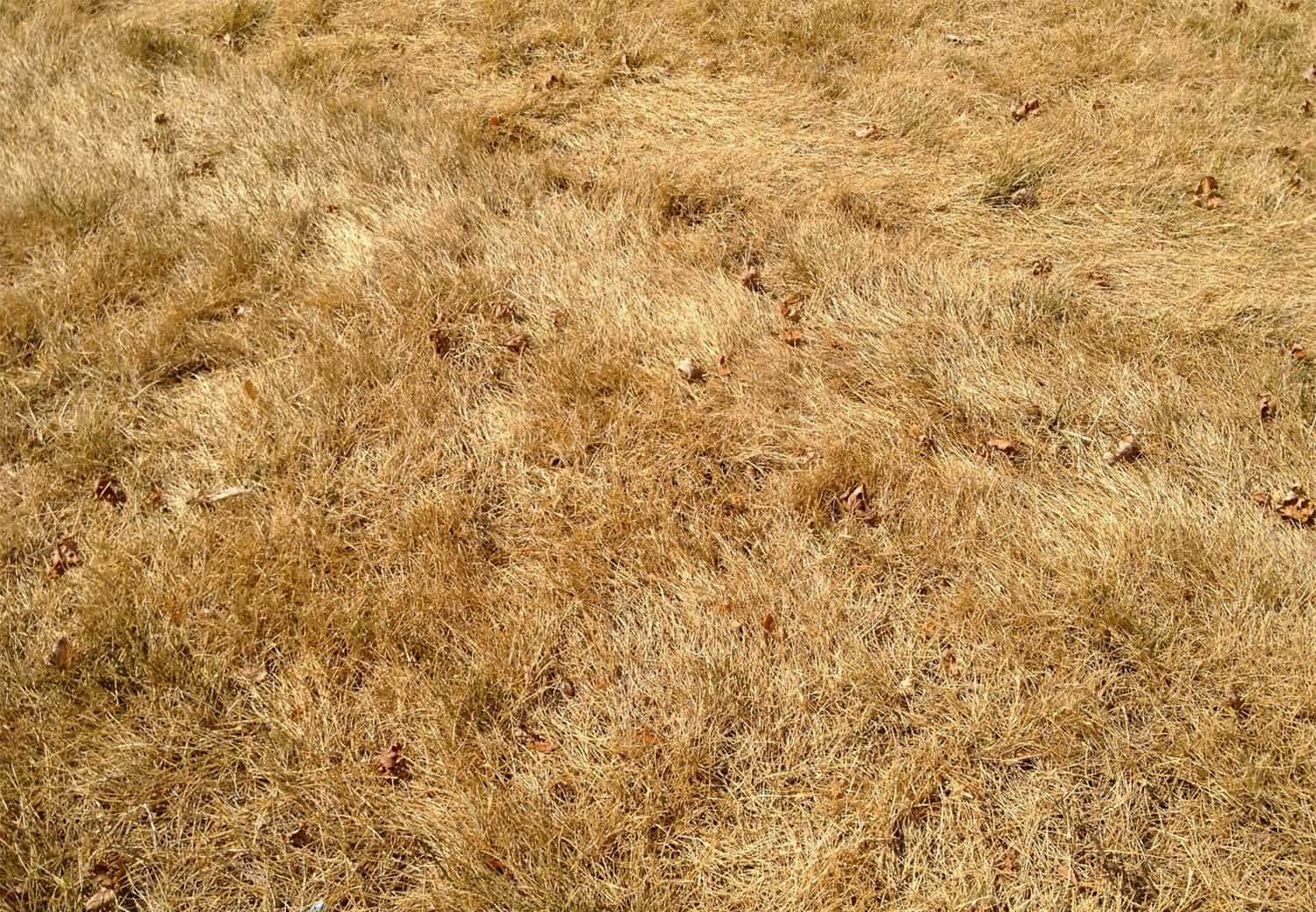

Landscaping Ideas
Why Is My Grass So Brown
Modified: February 25, 2024
Discover effective landscaping ideas to revive your brown grass and transform your lawn into a lush, vibrant oasis. Explore expert tips and solutions for revitalizing your outdoor space.
(Many of the links in this article redirect to a specific reviewed product. Your purchase of these products through affiliate links helps to generate commission for Storables.com, at no extra cost. Learn more)
Introduction
A lush, green lawn is the pride of any homeowner, but when the grass starts to turn a lackluster shade of brown, it can be a cause for concern. The sight of a brown lawn can be disheartening, but fear not, as there are various factors that could contribute to this issue. Understanding the potential causes of brown grass is the first step toward revitalizing your lawn and restoring its vibrant green hue.
A brown lawn is often a symptom of an underlying problem, and it's crucial to identify the root cause to implement an effective solution. From inadequate watering to soil issues, pest infestations, and environmental stressors, there are several potential culprits behind the unsightly brown patches in your yard. By delving into each of these factors, you can gain valuable insights into how to address the problem and rejuvenate your lawn.
In the following sections, we will explore the common reasons why grass may turn brown, offering valuable insights into the role of water, soil health, pests, maintenance practices, and environmental factors in the overall health of your lawn. By understanding these factors, you will be better equipped to take proactive measures to promote the lush, green lawn you desire.
Key Takeaways:
- Brown grass can be caused by lack of water, soil issues, pests, improper maintenance, and environmental factors. By addressing these issues, you can revitalize your lawn and restore its lush, green beauty.
- To combat brown grass, establish a consistent watering routine, address soil compaction and drainage, control pests and diseases, adopt proper mowing practices, and mitigate environmental stressors. With proactive care, you can create a vibrant and inviting outdoor space.
Read more: Why Is My Grass Growing So Fast
Lack of Water
Insufficient water is a primary culprit behind brown grass. When a lawn lacks adequate moisture, it struggles to maintain its vibrant green color, resulting in a dull, brownish appearance. The impact of insufficient water on grass health cannot be overstated, as water is essential for the photosynthesis process, which is crucial for the production of chlorophyll—the pigment responsible for the green color of plants.
In regions experiencing drought or water restrictions, lawns are particularly susceptible to browning due to limited access to water. Additionally, factors such as high temperatures and excessive evaporation can exacerbate the effects of insufficient watering, leading to stressed and dehydrated grass.
To determine if lack of water is the cause of brown grass, consider factors such as rainfall patterns, soil moisture levels, and the overall climate in your area. Signs of dehydration in grass include wilting, a bluish-gray hue, and slow recovery after foot traffic. In severe cases, the grass may appear completely dried out and brittle.
To address the issue of brown grass due to lack of water, it is essential to establish a consistent watering routine. Deep, infrequent watering is generally more effective than frequent, shallow watering, as it encourages the development of deep root systems that can better withstand periods of drought. Additionally, watering in the early morning helps minimize water loss through evaporation and allows the grass to absorb moisture before the heat of the day sets in.
Incorporating a layer of mulch around plants and trees can also help retain soil moisture, reducing the overall water requirements for the lawn. Furthermore, adjusting the lawn mower to a higher setting can aid in moisture retention by providing shade to the soil and reducing water loss through evaporation.
By addressing the issue of insufficient water and implementing effective watering practices, you can play a pivotal role in revitalizing your lawn and restoring its lush, green appearance. Understanding the importance of water in maintaining healthy grass is key to nurturing a vibrant and resilient lawn that can withstand environmental stressors and maintain its beauty throughout the seasons.
Soil Issues
The health of your lawn is intricately linked to the condition of the soil in which it grows. Soil issues can significantly impact the vitality and appearance of your grass, potentially leading to the development of brown patches and overall lackluster growth. Understanding the various soil-related factors that can contribute to brown grass is essential for implementing targeted solutions to restore the vibrancy of your lawn.
One common soil issue that can lead to brown grass is compaction. Over time, the soil beneath your lawn may become compacted due to factors such as heavy foot traffic, construction activities, or natural settling. Compacted soil restricts the movement of air, water, and nutrients, impeding the healthy development of grass roots. As a result, the grass may struggle to access essential resources, leading to stunted growth and a brownish appearance. Aerating the soil can help alleviate compaction, promoting better air and water circulation and creating a more hospitable environment for grass roots to thrive.
Another soil-related factor that can contribute to brown grass is poor drainage. Inadequate drainage can lead to waterlogged soil, which deprives grass roots of oxygen and creates an environment conducive to root rot and other water-related issues. To address poor drainage, consider incorporating organic matter into the soil to improve its structure and water retention capacity. Additionally, strategic landscaping modifications, such as creating gentle slopes or installing drainage systems, can help redirect excess water away from the lawn, mitigating the risk of waterlogging and its associated impact on grass health.
Soil pH levels also play a crucial role in the overall health of your lawn. Grasses thrive within specific pH ranges, and deviations from the optimal range can impede nutrient uptake and affect the grass's ability to maintain its green color. Conducting a soil test can provide valuable insights into the pH level of your soil, enabling you to make informed decisions regarding the application of soil amendments to adjust the pH and create a more favorable growing environment for your grass.
Furthermore, nutrient deficiencies in the soil can manifest as brown patches and overall grass discoloration. Essential nutrients such as nitrogen, phosphorus, and potassium are vital for the healthy growth of grass, and deficiencies in these nutrients can impact the grass's ability to maintain its green hue. Fertilization tailored to address specific nutrient deficiencies can help rectify the issue, promoting healthier and more vibrant grass growth.
By addressing soil issues such as compaction, poor drainage, pH imbalances, and nutrient deficiencies, you can take proactive steps to rejuvenate your lawn and combat the prevalence of brown grass. Understanding the intricate relationship between soil health and grass vitality empowers you to implement targeted solutions that promote the lush, green lawn you desire. Through strategic soil management and attentive care, you can create an optimal growing environment for your grass, fostering its resilience and aesthetic appeal.
Pest and Disease Problems
Pest and disease problems pose significant threats to the health and appearance of your lawn, potentially leading to the development of brown patches and overall deterioration of grass quality. Understanding the nature of these challenges and their impact on grass vitality is crucial for implementing effective measures to mitigate their effects and restore the lush green beauty of your lawn.
Pests such as grubs, chinch bugs, and armyworms can wreak havoc on your lawn, causing extensive damage that manifests as brown, wilted patches. These pests feed on grass roots and blades, disrupting the grass's ability to absorb essential nutrients and water. As a result, affected areas may exhibit signs of stress, including discoloration and thinning. Identifying the presence of these pests and implementing targeted pest control measures is essential for preventing further damage and promoting the recovery of affected areas.
In addition to pests, lawn diseases can also contribute to the development of brown grass. Fungal infections, such as brown patch and dollar spot, can rapidly spread across the lawn, causing discoloration, thinning, and the formation of unsightly patches. These diseases thrive in conditions of high humidity and moisture, making lawns particularly vulnerable during periods of excessive rainfall or inadequate air circulation. Implementing cultural practices that promote air circulation, such as proper mowing and avoiding overwatering, can help reduce the risk of fungal diseases and their impact on grass health.
To address pest and disease problems effectively, it is essential to adopt an integrated approach that combines preventive measures, targeted treatments, and proactive lawn care practices. Regular monitoring of the lawn for signs of pest infestations and disease development allows for early intervention, minimizing the extent of damage and facilitating prompt recovery. Furthermore, promoting overall lawn health through proper watering, fertilization, and maintenance can enhance the grass's resilience against pests and diseases, reducing their impact on the lawn's appearance.
By understanding the nature of pest and disease problems and their potential effects on grass health, you can take proactive steps to safeguard your lawn and maintain its vibrant green color. Implementing a comprehensive lawn care regimen that addresses pest and disease concerns empowers you to create an environment where your grass can thrive, free from the detrimental impact of these challenges. Through vigilance, targeted interventions, and a commitment to proactive lawn care, you can nurture a resilient and visually appealing lawn that enhances the beauty of your outdoor space.
Water your grass deeply and infrequently to encourage deep root growth. Avoid frequent shallow watering, which can lead to brown, weak grass.
Improper Mowing and Maintenance
Proper mowing and maintenance practices are essential for nurturing a healthy and vibrant lawn. However, when these practices are neglected or carried out incorrectly, they can contribute to the development of brown grass and compromise the overall aesthetic appeal of your lawn. Understanding the potential impact of improper mowing and maintenance is crucial for implementing corrective measures and promoting the revitalization of your grass.
Improper mowing practices, such as cutting the grass too short, can place undue stress on the lawn and impede its ability to maintain a healthy appearance. When grass is cut too aggressively, it may struggle to photosynthesize effectively, leading to a weakened root system and diminished resilience. Additionally, scalping the lawn exposes the soil to excessive sunlight, promoting moisture loss and increasing the risk of dehydration, which can manifest as brown patches and overall discoloration.
Inadequate lawn maintenance, such as neglecting to address thatch buildup, can also contribute to the development of brown grass. Thatch, a layer of organic debris that accumulates between the grass blades and the soil, can impede water and nutrient penetration, creating an inhospitable environment for healthy grass growth. As a result, the grass may exhibit signs of stress and discoloration, signaling the need for proactive thatch management to restore its vitality.
Furthermore, infrequent or irregular lawn fertilization and aeration can impact the overall health and color of the grass. Nutrient deficiencies resulting from insufficient fertilization can lead to lackluster growth and brown patches, while compacted soil due to inadequate aeration can hinder the grass's access to essential resources, contributing to its diminished appearance.
To address the impact of improper mowing and maintenance on brown grass, it is essential to adopt best practices that promote the health and resilience of your lawn. This includes mowing at the appropriate height to encourage strong root development and shade the soil, as well as addressing thatch buildup through regular dethatching to create a more favorable growing environment for the grass. Additionally, implementing a consistent fertilization schedule and incorporating aeration into your lawn care regimen can enhance the overall health and vibrancy of the grass, reducing the prevalence of brown patches and promoting a lush, green appearance.
By recognizing the potential consequences of improper mowing and maintenance practices, you can take proactive steps to cultivate a thriving and visually appealing lawn. Through attentive care, informed decision-making, and a commitment to best practices, you can rejuvenate your grass and create an outdoor space that exudes natural beauty and vitality.
Read more: Why Is My Dwarf Hair Grass Turning Brown
Environmental Factors
Environmental factors play a significant role in shaping the health and appearance of your lawn, exerting influence through a range of natural elements and external conditions. Understanding the impact of environmental factors on grass vitality is essential for implementing proactive measures to mitigate their effects and promote the overall resilience and aesthetic appeal of your lawn.
One of the primary environmental factors that can contribute to the development of brown grass is excessive heat and sunlight exposure. Prolonged periods of intense sunlight and high temperatures can place significant stress on the grass, leading to dehydration, wilting, and the manifestation of brown patches. In regions characterized by scorching summers, the grass may struggle to maintain its vibrant green color, signaling the need for strategic interventions to protect it from the detrimental effects of excessive heat and sunlight.
In addition to heat stress, environmental factors such as extreme cold and frost can also impact grass health, potentially leading to discoloration and diminished vitality. Frost damage can cause the grass blades to become brittle and discolored, creating unsightly patches that detract from the overall visual appeal of the lawn. Understanding the potential impact of cold weather on grass health is crucial for implementing protective measures, such as covering vulnerable plants and adjusting maintenance practices to minimize the risk of frost-related damage.
Furthermore, environmental factors such as air pollution and chemical exposure can contribute to the development of brown grass. Pollutants from vehicle emissions, industrial activities, and chemical applications can accumulate on the grass, impeding its ability to photosynthesize and maintain a healthy appearance. In urban and industrial areas, the grass may be particularly susceptible to the effects of air pollution, necessitating proactive measures to mitigate its impact and preserve the lush green beauty of the lawn.
Moreover, environmental stressors such as drought and water restrictions can significantly impact grass health, leading to dehydration, wilting, and the development of brown patches. In regions facing water scarcity or regulatory constraints on water usage, lawns may struggle to maintain their vibrant color, highlighting the need for water-efficient landscaping practices and strategic water conservation measures to support the overall health and appearance of the grass.
By recognizing the influence of environmental factors on grass vitality, you can take proactive steps to protect your lawn and promote its resilience in the face of external challenges. Implementing targeted interventions, adjusting maintenance practices, and adopting water-efficient landscaping strategies can help mitigate the impact of environmental stressors, fostering a vibrant and visually appealing lawn that enhances the natural beauty of your outdoor space.
Conclusion
In conclusion, the presence of brown grass in your lawn can be attributed to a variety of factors, each exerting its influence on the overall health and appearance of the grass. From inadequate watering and soil issues to pest and disease problems, improper mowing and maintenance, and environmental stressors, the potential culprits behind brown grass are diverse and multifaceted. Understanding the interplay of these factors is essential for implementing targeted solutions to revitalize your lawn and restore its lush, green beauty.
Addressing the issue of brown grass begins with a comprehensive assessment of the potential contributing factors. By evaluating the watering practices, soil condition, pest and disease presence, maintenance routines, and environmental influences, you can gain valuable insights into the specific challenges impacting your lawn. This knowledge forms the foundation for implementing tailored interventions that address the root causes of brown grass, promoting the overall health and resilience of your lawn.
Effective solutions for addressing brown grass include establishing a consistent and appropriate watering routine to ensure adequate moisture for the grass, addressing soil compaction and drainage issues to create a more hospitable growing environment, implementing pest and disease control measures to safeguard the grass from detrimental infestations, adopting proper mowing and maintenance practices to promote healthy growth, and mitigating the impact of environmental stressors through strategic interventions and protective measures.
By taking a proactive and holistic approach to lawn care, you can create an environment where your grass can thrive, free from the challenges that contribute to brown patches and lackluster growth. Nurturing a vibrant and visually appealing lawn requires a combination of attentive care, informed decision-making, and a commitment to best practices that promote the overall health and resilience of the grass.
Ultimately, the journey toward revitalizing your lawn and restoring its lush, green appearance is a rewarding endeavor that yields a beautiful and inviting outdoor space. By understanding the diverse factors that can contribute to brown grass and implementing targeted solutions to address these challenges, you can cultivate a thriving and resilient lawn that enhances the natural beauty of your home environment. With dedication, knowledge, and a proactive mindset, you can transform brown patches into vibrant green expanses, creating a welcoming and visually stunning outdoor oasis for you and your family to enjoy.
Frequently Asked Questions about Why Is My Grass So Brown
Was this page helpful?
At Storables.com, we guarantee accurate and reliable information. Our content, validated by Expert Board Contributors, is crafted following stringent Editorial Policies. We're committed to providing you with well-researched, expert-backed insights for all your informational needs.
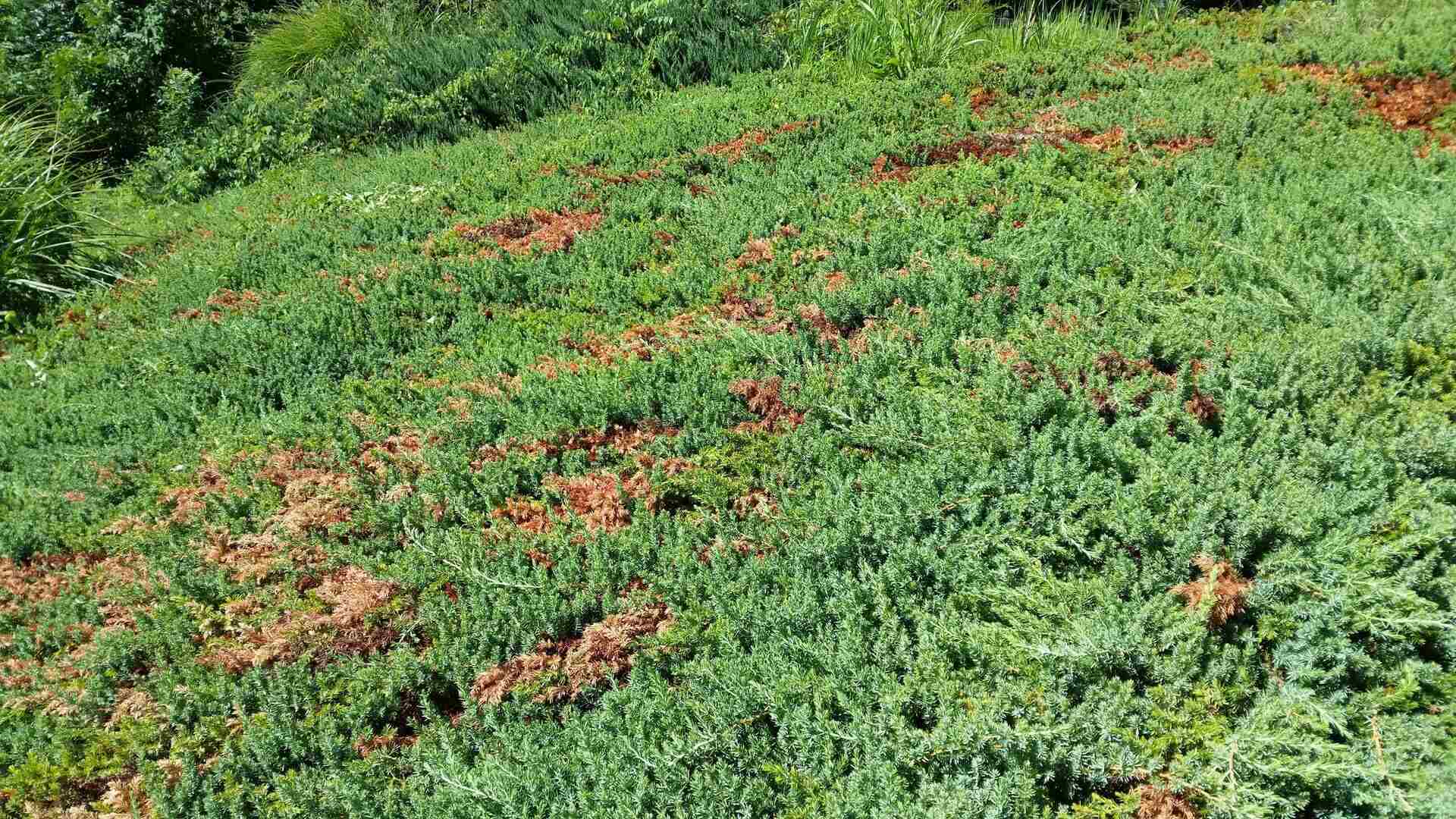
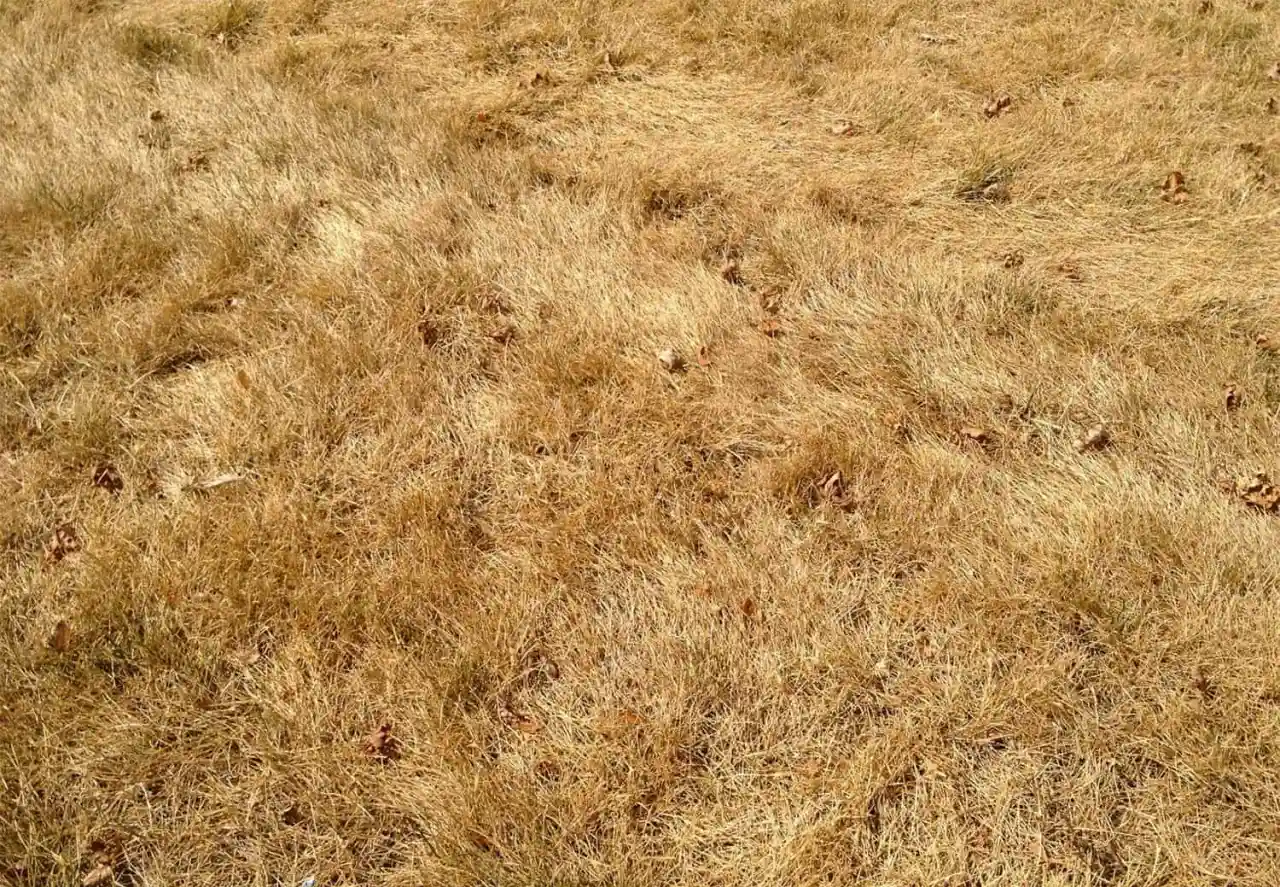

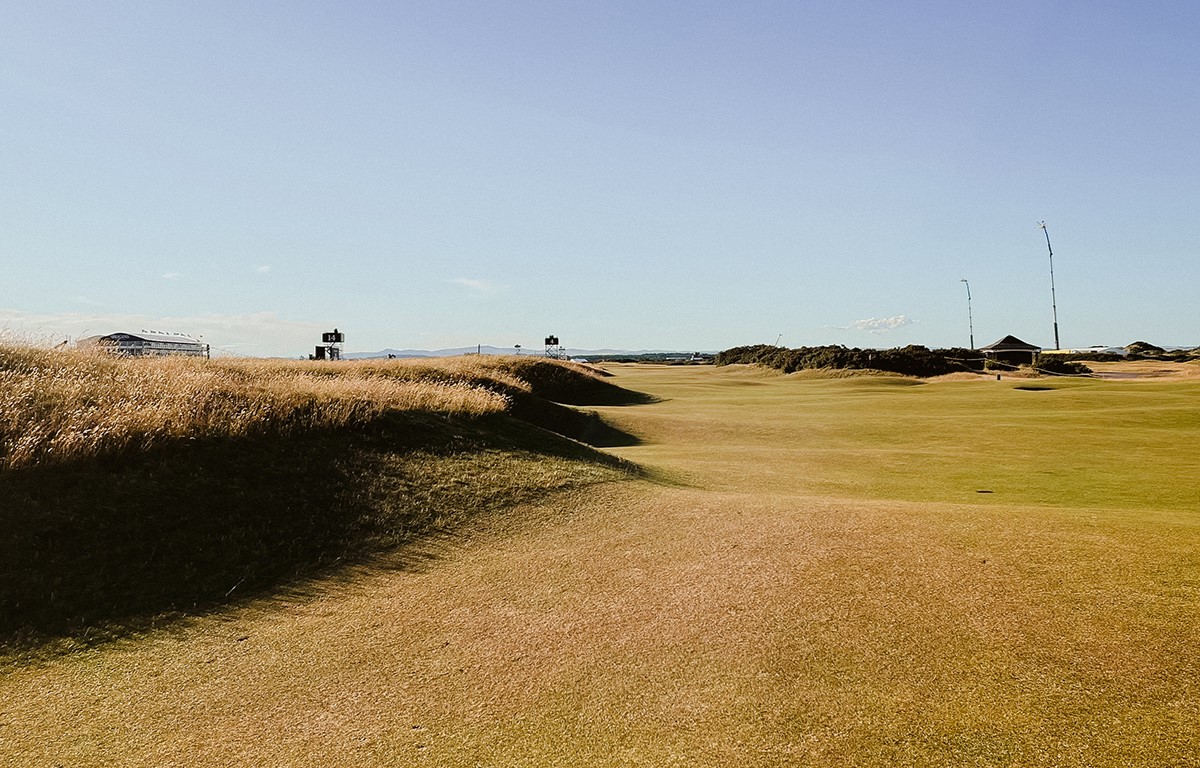

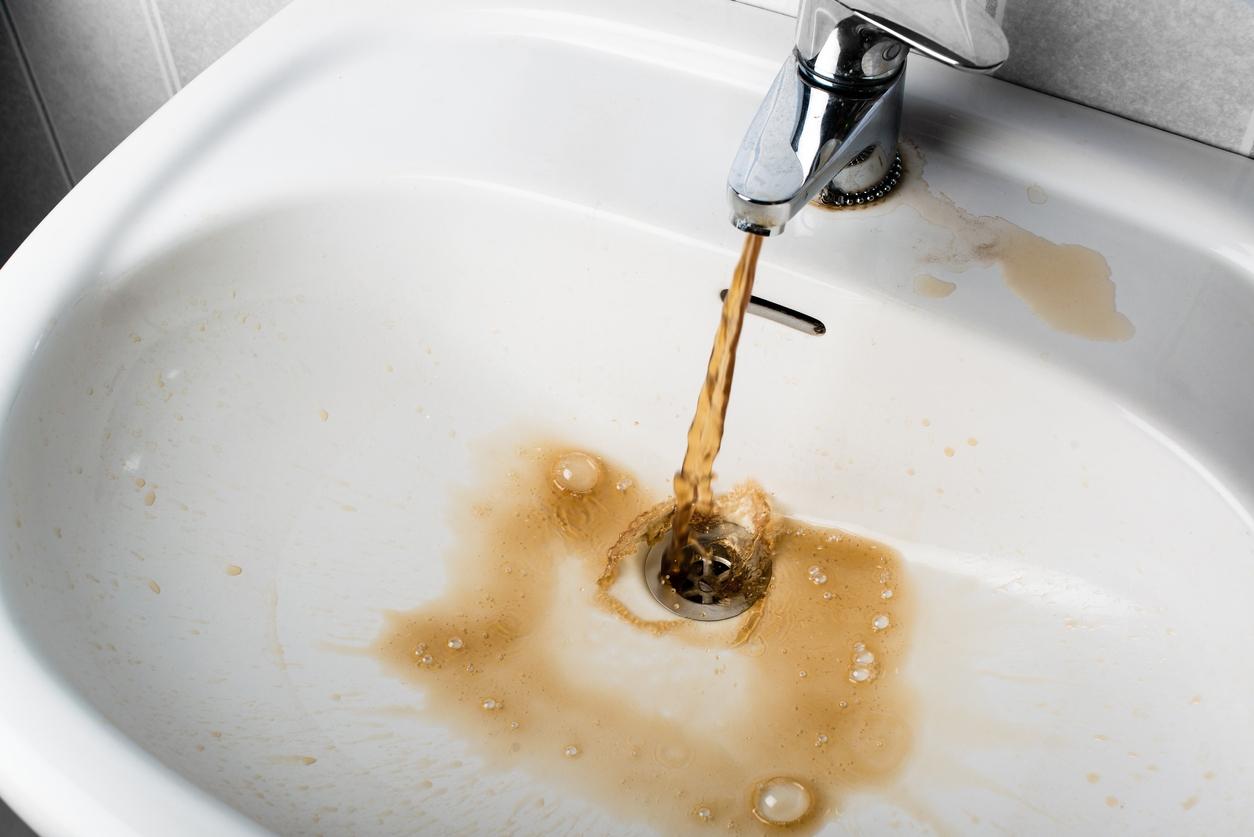
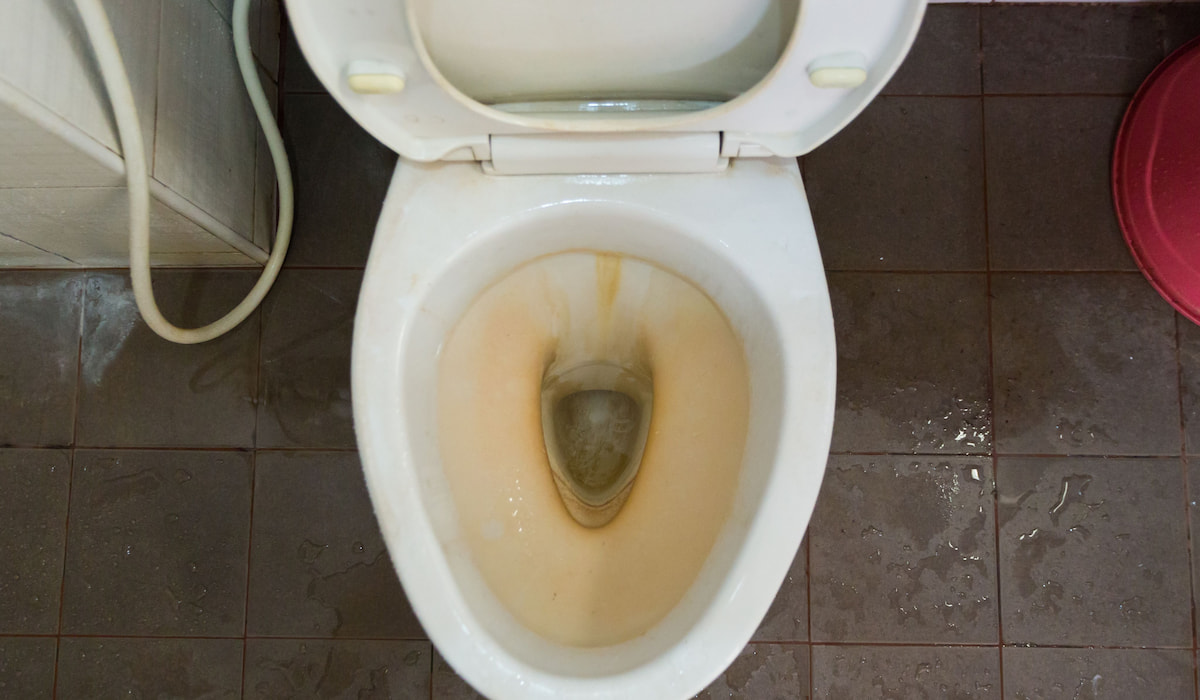


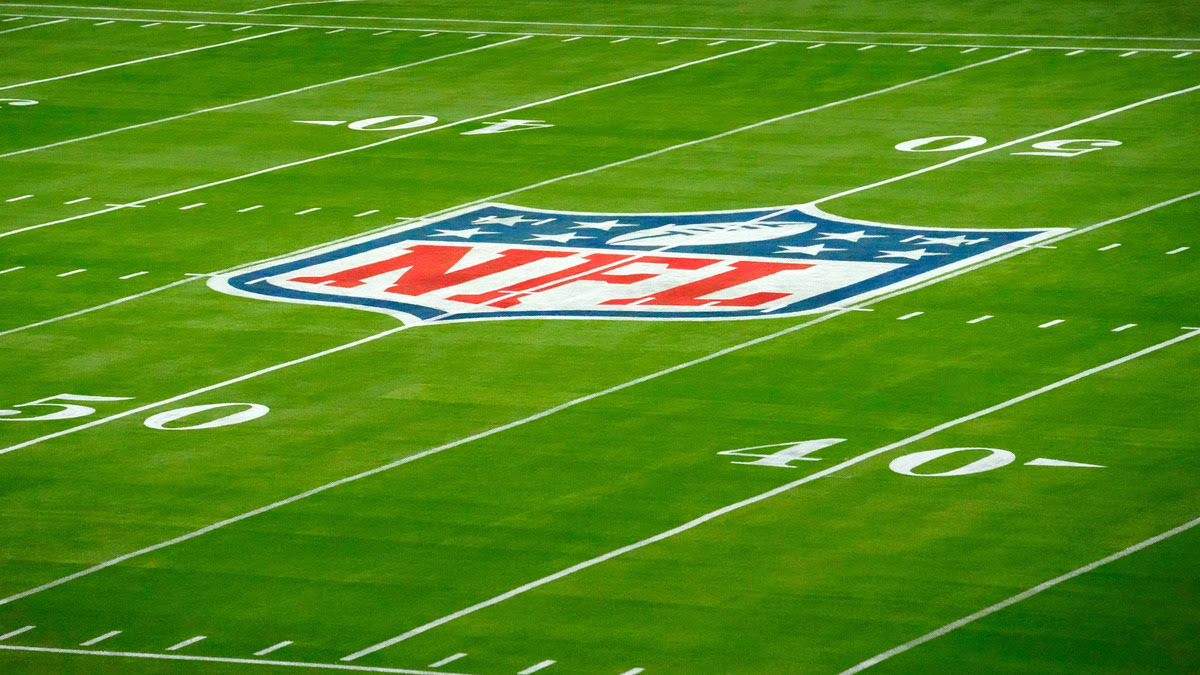
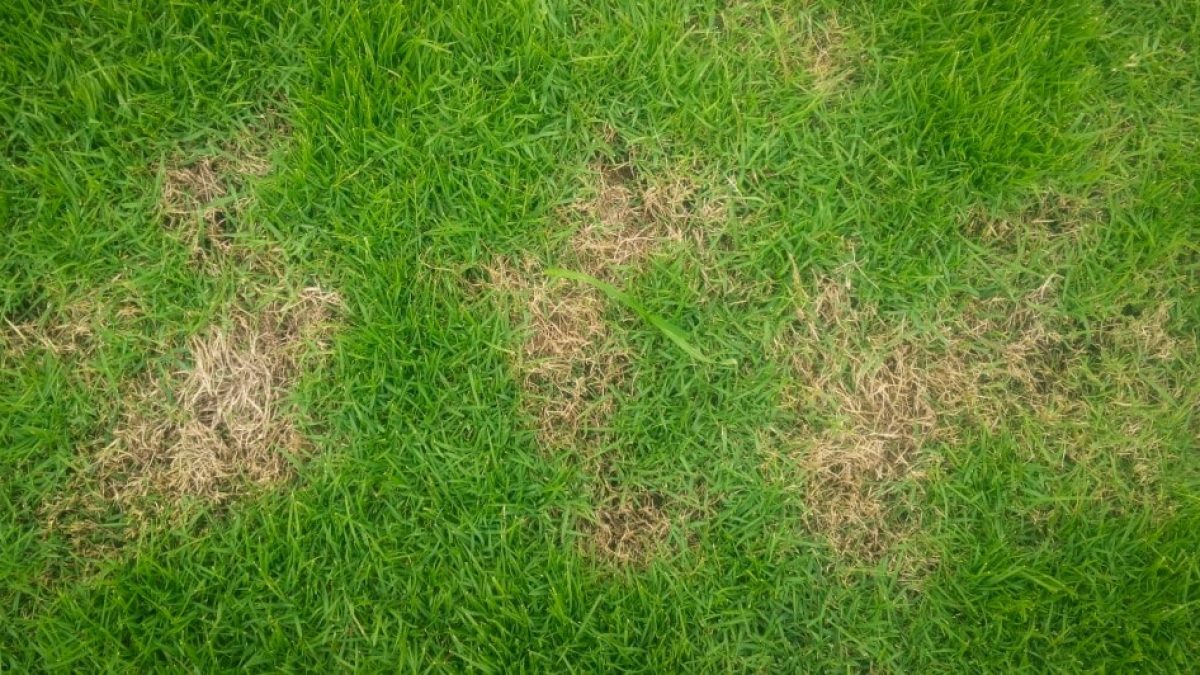
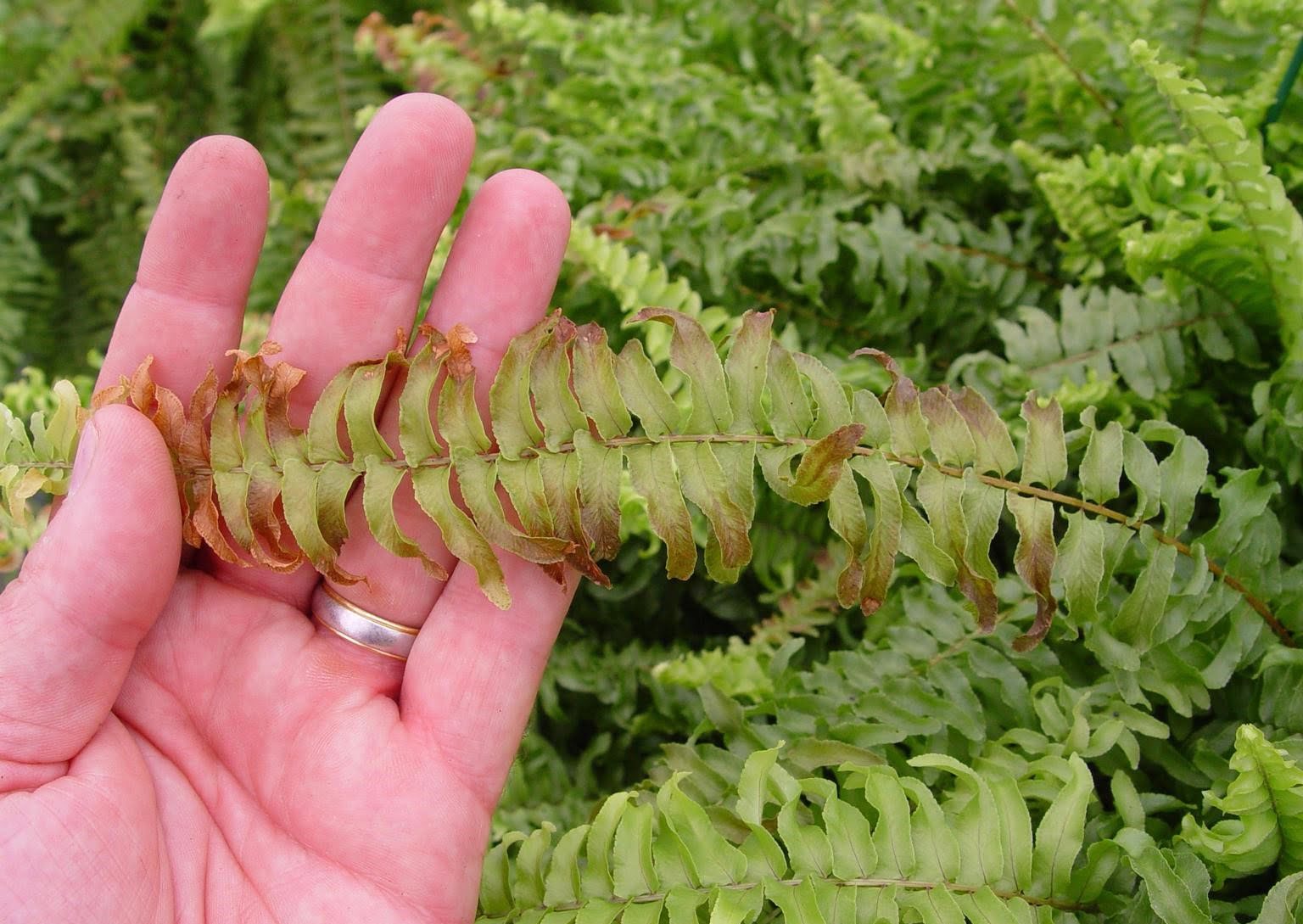
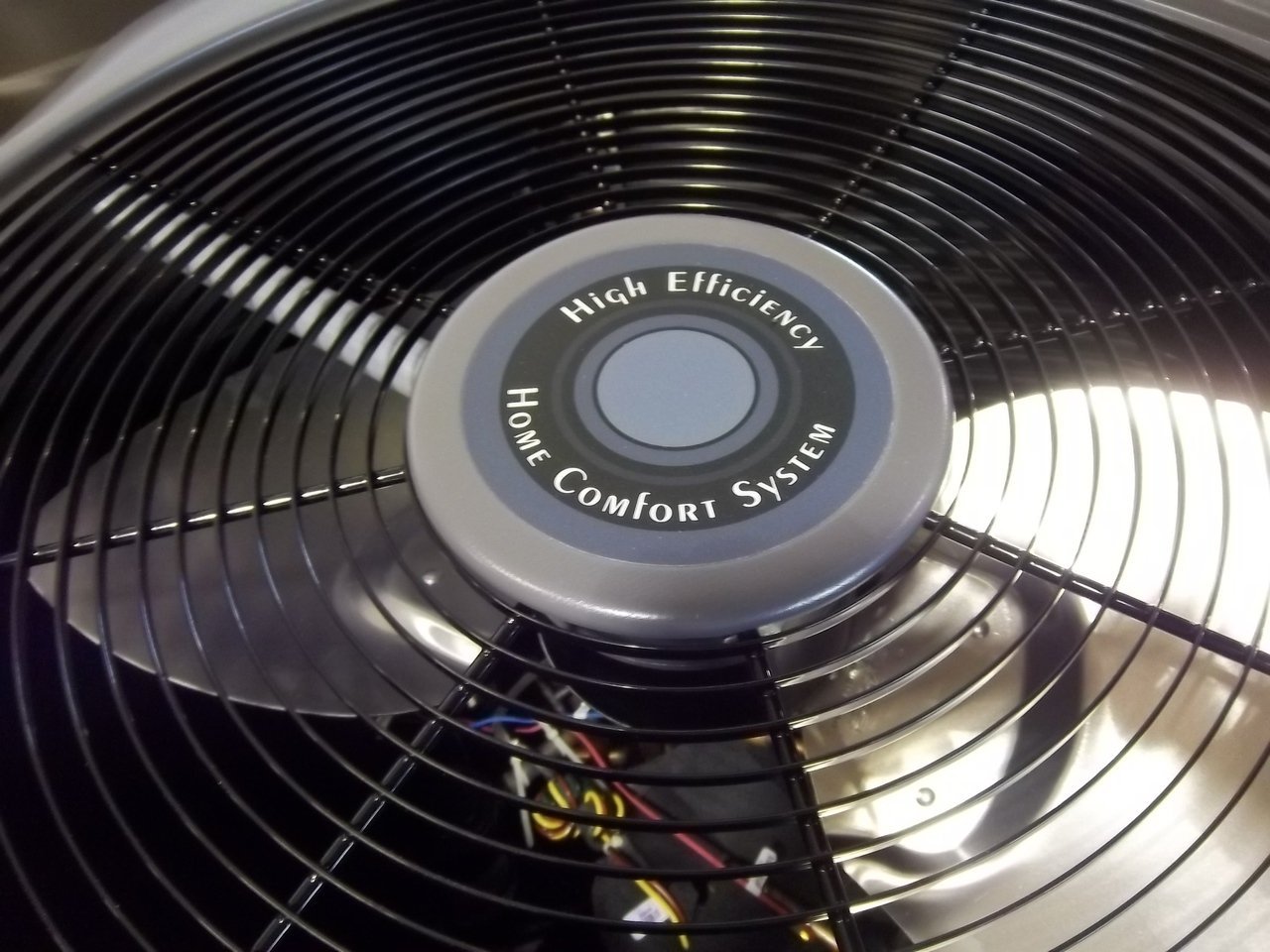
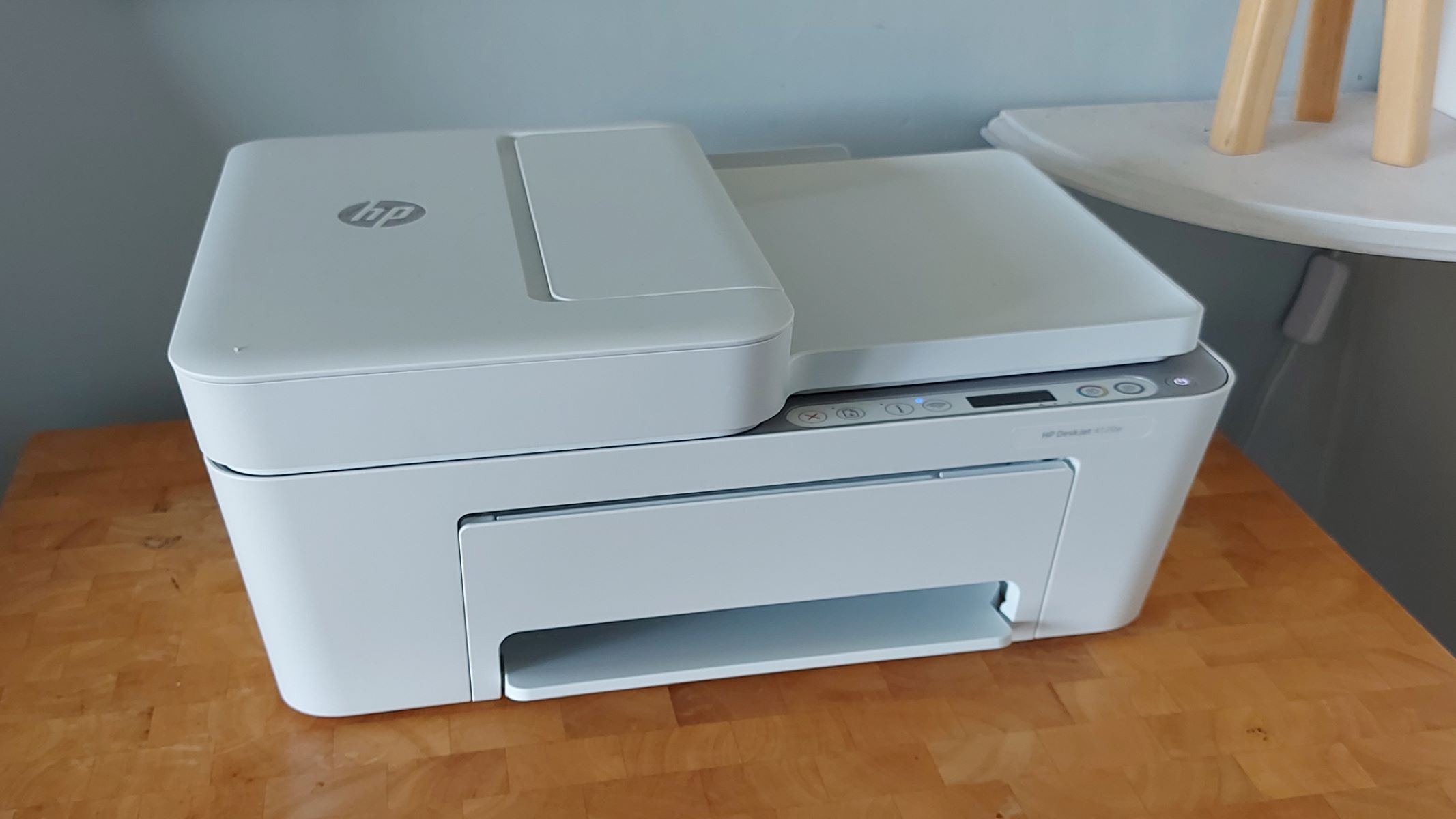

0 thoughts on “Why Is My Grass So Brown”